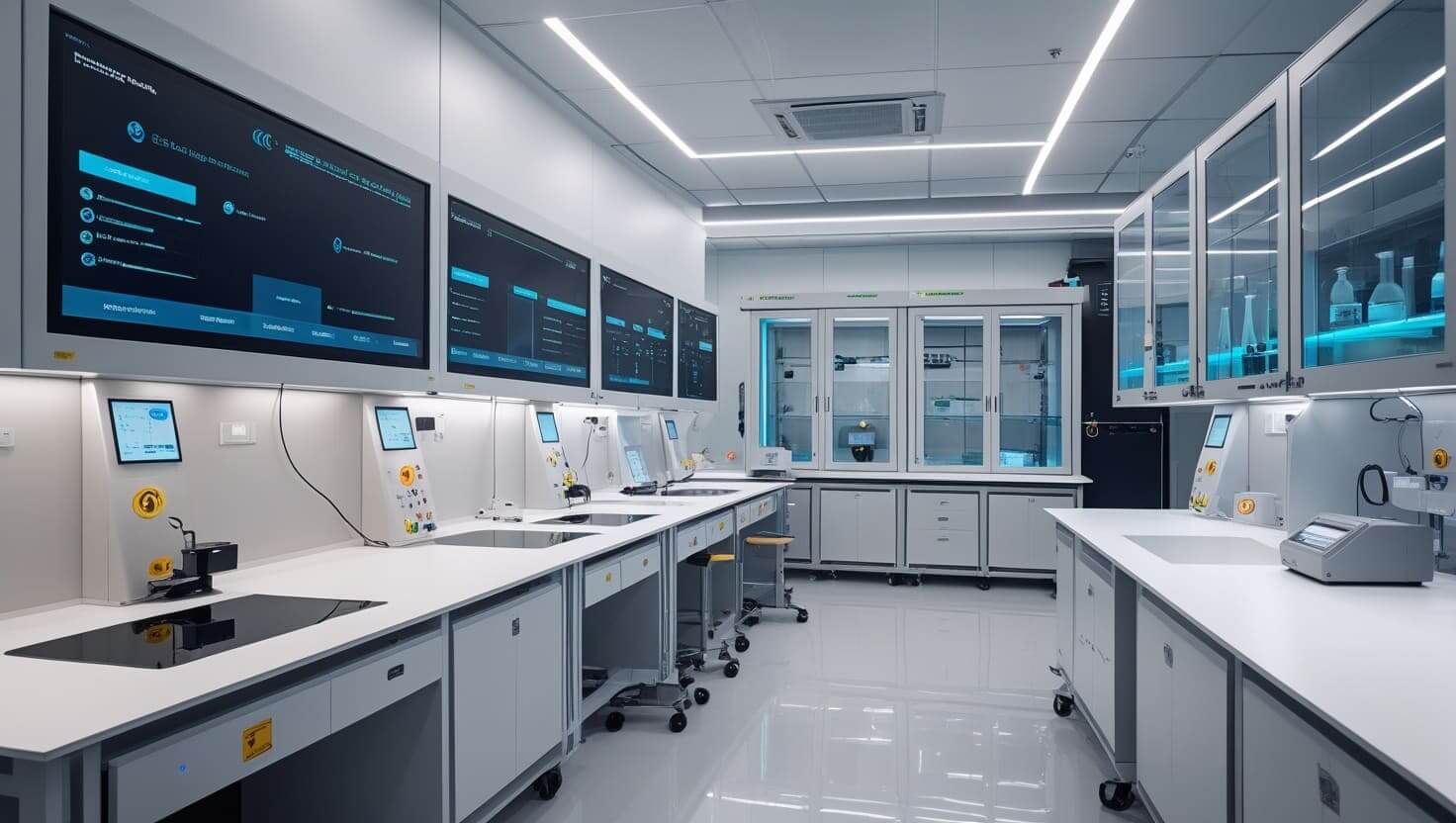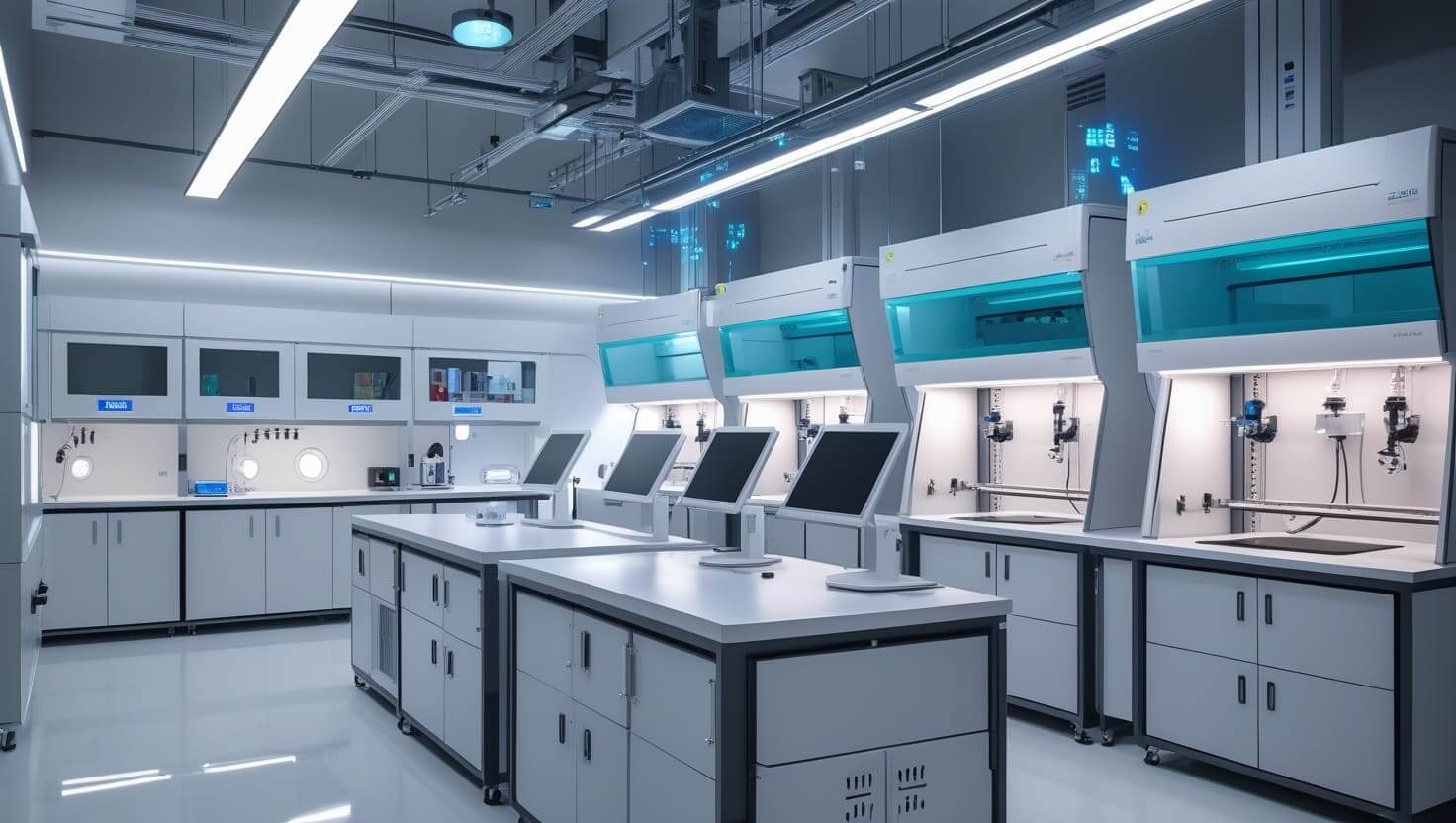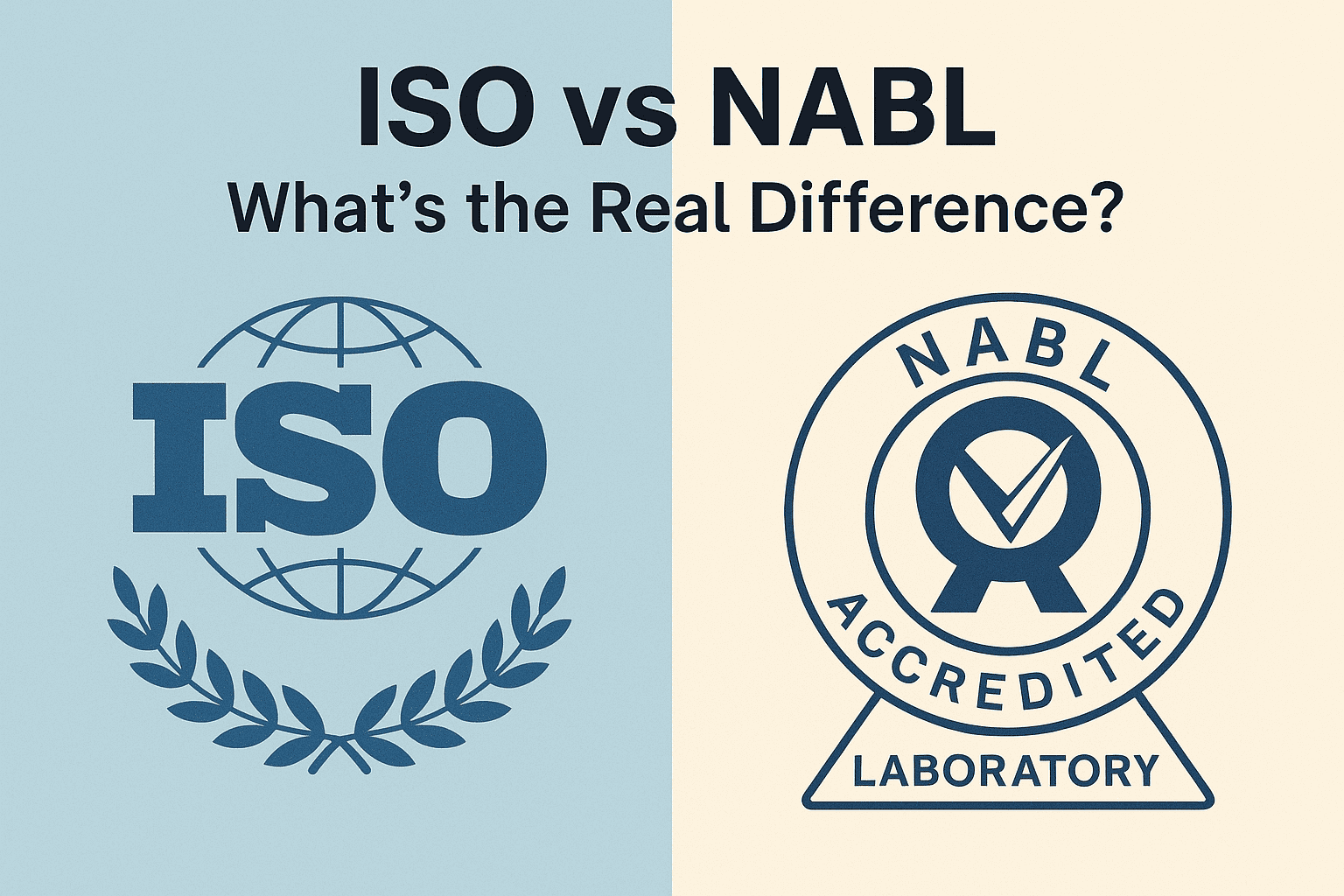The world of laboratories is undergoing a revolutionary transformation, driven by rapid advancements in IoT, automation, and integrated smart systems. This evolution is not just limited to high-tech research centers anymore — even educational institutions, pharmaceutical labs, and industrial R&D units in India are increasingly investing in smart lab furniture to create highly functional, future-ready environments.
In India, where innovation and affordability must go hand-in-hand, smart lab furniture is emerging as a game-changer. From modular workstations to sensor-enabled fume hoods, the integration of IoT in laboratories is optimizing workflows, enhancing safety, and improving operational efficiency.
What is Smart Lab Furniture?
Smart lab furniture refers to lab workstations, storage units, and fixtures that are enhanced with intelligent features, connectivity, and automation technologies. These systems go beyond traditional furniture to offer digital monitoring, ergonomic adjustments, real-time data collection, and interactive interfaces.
Some of the most commonly integrated technologies include:
- Sensors to monitor environmental conditions like temperature, humidity, or gas leakage.
- Automated height-adjustable tables for ergonomic comfort.
- RFID and inventory tracking systems to manage chemicals and reagents.
- IoT-enabled fume hoods that adjust airflow based on usage.
- Touchscreen controls integrated into workbenches for easier access to SOPs, lab schedules, and equipment status.
Why India is Ready for Smart Lab Solutions
India is rapidly becoming a global hub for biotechnology, pharmaceuticals, and scientific research. The demand for state-of-the-art lab infrastructure is rising in both private and public sectors. Several factors make India a ripe market for smart lab innovations:
- Government Initiatives: Schemes like “Make in India” and “Startup India” are pushing for modernization in R&D infrastructure.
- Growing STEM Education: Colleges and universities are upgrading labs to attract students and meet global standards.
- Pharmaceutical Boom: With India being a leading drug manufacturer, automation in lab settings helps reduce human error and ensures regulatory compliance.
As a result, the need for intelligent laboratory furniture that supports efficiency and compliance has grown tremendously.
Key Benefits of Smart Lab Furniture
1- Enhanced Safety
Safety is the top priority in any lab. Smart systems can detect gas leaks, fire risks, or abnormal temperature changes and alert the team instantly. For example, a sensor-integrated lab table can notify users if a hazardous material is left exposed for too long. These proactive measures can prevent costly accidents and ensure the well-being of lab personnel.
2- Improved Efficiency
With automated lab furniture, labs can achieve streamlined operations. Labs that use IoT-enabled workbenches and smart storage systems report faster experiment setups, reduced idle time, and better inventory control. Real-time alerts and remote control features mean fewer interruptions and higher productivity.
3- Data-Driven Insights
Smart lab infrastructure offers digital integration with LIMS (Laboratory Information Management Systems). From tracking reagent usage to monitoring lab room conditions, smart systems collect vital data. These insights help in predictive maintenance, supply chain management, and even budget optimization.
4- Ergonomics and Comfort
Indian labs often struggle with long working hours and improper furniture, leading to fatigue and musculoskeletal issues. Height-adjustable lab benches, anti-fatigue mats, and smart seating can drastically improve user comfort, making lab spaces more human-centric.
Popular Smart Lab Furniture Features in India

- Modular Lab Systems: Highly customizable with built-in cable management, plumbing, and IoT ports.
- Smart Fume Hoods: Automated sash controls, air quality sensors, and energy-saving modes.
- Digital Lab Tables: Integrated touchscreens, wireless charging, and adjustable lighting.
- AI-Driven Inventory Cabinets: Auto-locking, item scanning, and restocking notifications.
These features are no longer just luxuries but are quickly becoming the new standard in modern Indian labs.
Challenges to Adoption in India
Despite the clear benefits, the adoption of smart lab furniture in India faces a few hurdles:
- Initial Costs: Smart furniture solutions often involve a higher upfront investment.
- Awareness Gap: Many institutions are unaware of the availability or advantages of IoT-integrated systems.
- Infrastructure Limitations: Older buildings may not support the electrical or network requirements of these systems.
However, with decreasing hardware costs and increasing local manufacturing, these challenges are being addressed steadily. Brands like LabTurnkey, Chameza, and others are offering custom lab furniture solutions tailored for Indian conditions at competitive prices.
The Future of Smart Labs in India
Looking ahead, the role of AI, robotics, and machine learning in Indian laboratories will continue to grow. Voice-activated lab systems, robotic arms for sample handling, and fully automated diagnostic labs are already being tested in metro cities.
Further integration between smart lab furniture and cloud platforms will allow remote monitoring, diagnostics, and global collaboration — an essential advantage in post-pandemic research environments.
Conclusion
India is on the brink of a laboratory revolution. As the country continues establishing itself as a scientific and pharmaceutical powerhouse, the demand for cutting-edge lab environments will only intensify. Investing in smart lab furniture isn’t just a matter of modernization — it’s a strategic move toward innovation, compliance, and global competitiveness.
For any lab looking to future-proof itself, now is the time to explore the powerful synergy between automation, IoT, and intelligent infrastructure. The future of Indian laboratories is not only smart—it’s already here.



